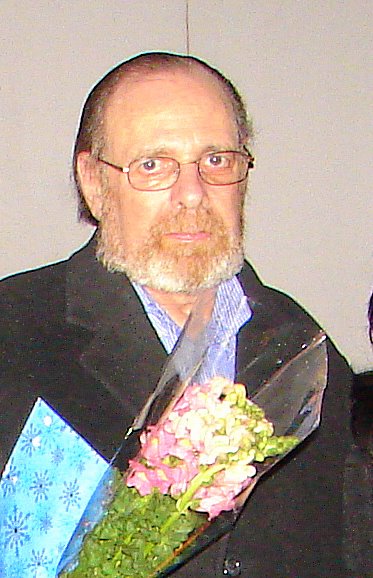In the late 1700s, Italian anatomist Luigi Galvani made a dead frog's muscles twitch when struck by a spark, a discovery that paved the way for the modern understanding of electricity's role in living things. It is the basis for countless medical technologies like the pacemaker.
But electricity does not travel easily through the skull to the brain, the organ responsible for every purposeful twitch and altered mood. So when a group of British scientists in 1985 used magnetic pulses from outside the head to induce an electrical field inside the brain - and got a subject's hands to move - their colleagues clamored for a chance to zap themselves.
That breakthrough, known as transcranial magnetic stimulation (TMS), led to the Food and Drug Administration's approval last month of the first noninvasive, non-pharmacological treatment for depression.
As a practical matter, approval of the device made by Neuronetics Inc., a five-year-old Malvern company, is intended for patients with major treatment-resistant depression who do not respond to any one medication. Millions of Americans fail to benefit from antidepressants, and millions more quit because of side effects.
READ MORE @ PHILADELPHIA INQUIRER
Wednesday, December 3, 2008
Subscribe to:
Comments (Atom)

